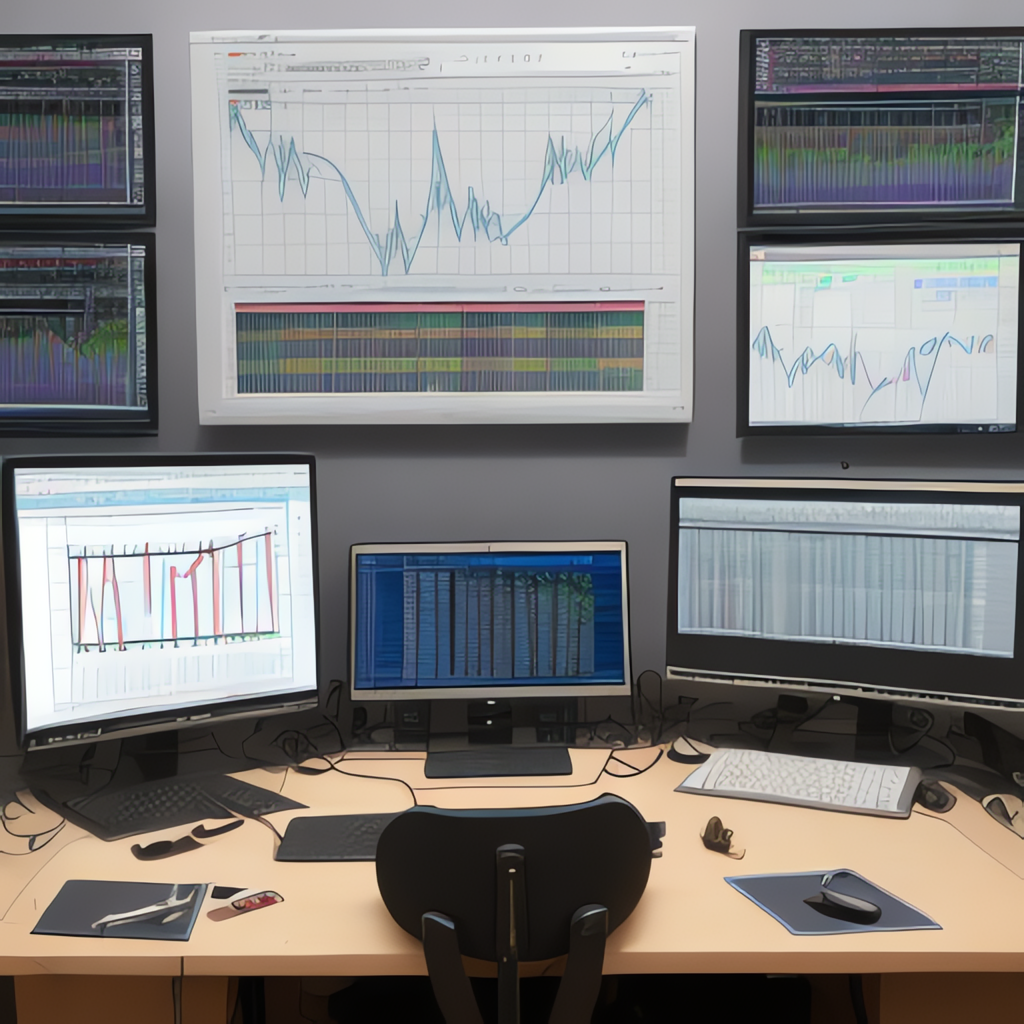Visual Data Mastery: Exploring the Versatility and Insights of 14 Essential Chart Types from Bar to Word Clouds
Visual data representation, often referred to as data visualization, serves as a powerful tool for conveying the complexity and nuance of data in a clear, concise, and compelling manner. An essential aspect of this practice is the utilization of various chart types, each with its unique capabilities and best use contexts. In this article, we delve into the versatility and insights encapsulated by 14 key chart types, starting from the classic bar charts to the intriguing word clouds, highlighting their distinctive uses and when to choose them.
### 1. **Bar Charts**
Bar charts represent data using rectangular bars, where the length or height is proportional to the value it’s meant to convey. They excel in representing comparisons among individual items, and are especially clear when these items are placed in a categorical order. Bar charts are most effective in visualizing discrete data, making them a go-to for audience comparisons or tracking changes over time.
### 2. **Line Charts**
Line charts are an evolution of bar charts, allowing the viewer to identify trends over time or the progression of data points within an underlying variable. Ideal for visualizing continuous data over time, they require time on the x-axis and are invaluable for spotting patterns, trends, or anomalies in data series.
### 3. **Pie Charts**
Pie charts are best-suited for depicting proportions or percentages of components within a whole. Each slice represents a specific part of the total, making them useful for visualizing market shares, budget allocations, or any data series that can be divided into discrete parts.
### 4. **Scatter Plots**
Scatter plots are used to show the relationship between two variables, plotting them on a Cartesian plane. By identifying patterns or clusters, scatter plots help in detecting correlations or outliers within the data, making them particularly useful in scientific research and data analysis.
### 5. **Histograms**
Histograms represent the distribution of quantitative data, typically showing frequency counts or probabilities within intervals or bins. They are instrumental in understanding the shape of data distributions, such as identifying skewness, modality, and the presence of outliers.
### 6. **Stacked Bar Charts**
An extension of bar charts, stacked bar charts allow comparison not just in individual bars, but also in the segments that combine to form multiple bars. Useful for showing how totals are composed of sub-categories, they are invaluable for understanding component relationships within a larger total.
### 7. **Area Charts**
Similar to line charts but with the area below the line filled in, area charts are employed to highlight trends over time and the magnitude of change between intervals. They are particularly useful for visualizing cumulative totals that have a starting point of zero.
### 8. **Heat Maps**
Heat maps use color gradients to represent data values within or relating to a two-dimensional category set. Useful in visualizing complex data sets, they are particularly effective in identifying patterns, trends, and outliers in large datasets across multiple variables.
### 9. **Bubble Charts**
Combining the concepts of scatter plots and pie charts, bubble charts display multiple variables – the x and y axis variables as in scatter plots, with the size of the bubbles representing a third variable. They are ideal for visualizing the relationship between three dimensions of data.
### 10. **Tree Maps**
Tree maps depict hierarchical data using nested rectangles, where the area of each rectangle represents the value of the node it represents. They are particularly useful in visualizing large numbers of items in a compact space, making them suitable for applications such as file system visualizations.
### 11. **Timeline Maps**
Timeline maps combine time and space, essentially unfolding a timeline within a geographical space. They are perfect for illustrating events and processes that evolve over time within a specific location, such as historical events or project timelines.
### 12. **Waterfall Charts**
Waterfall charts are used to illustrate how an aggregate (total) of values arrives at a final sum through an incremental series of positive and negative values. They are particularly helpful in financial analysis for understanding profit and loss scenarios.
### 13. **Gantt Charts**
Focusing on time management in project planning and execution, Gantt charts visually represent project timelines, milestones, and dependencies. They are an indispensable tool for project management, offering insights into schedules and progress.
### 14. **Word Clouds**
Word clouds provide a visual representation of text, with the placement and size of the words indicating their prominence or frequency. Primarily used for non-quantifiable text-based data, word clouds offer a quick visual summary of document contents or website data, allowing for insights into common themes or frequently occurring keywords.
Each of these chart types plays a crucial role in data interpretation and analysis, offering distinct advantages depending on the data’s nature and the insights sought. Mastery of these versatile chart options arms data analysts and researchers with a powerful toolset for making informed decisions based on visual data insights.
